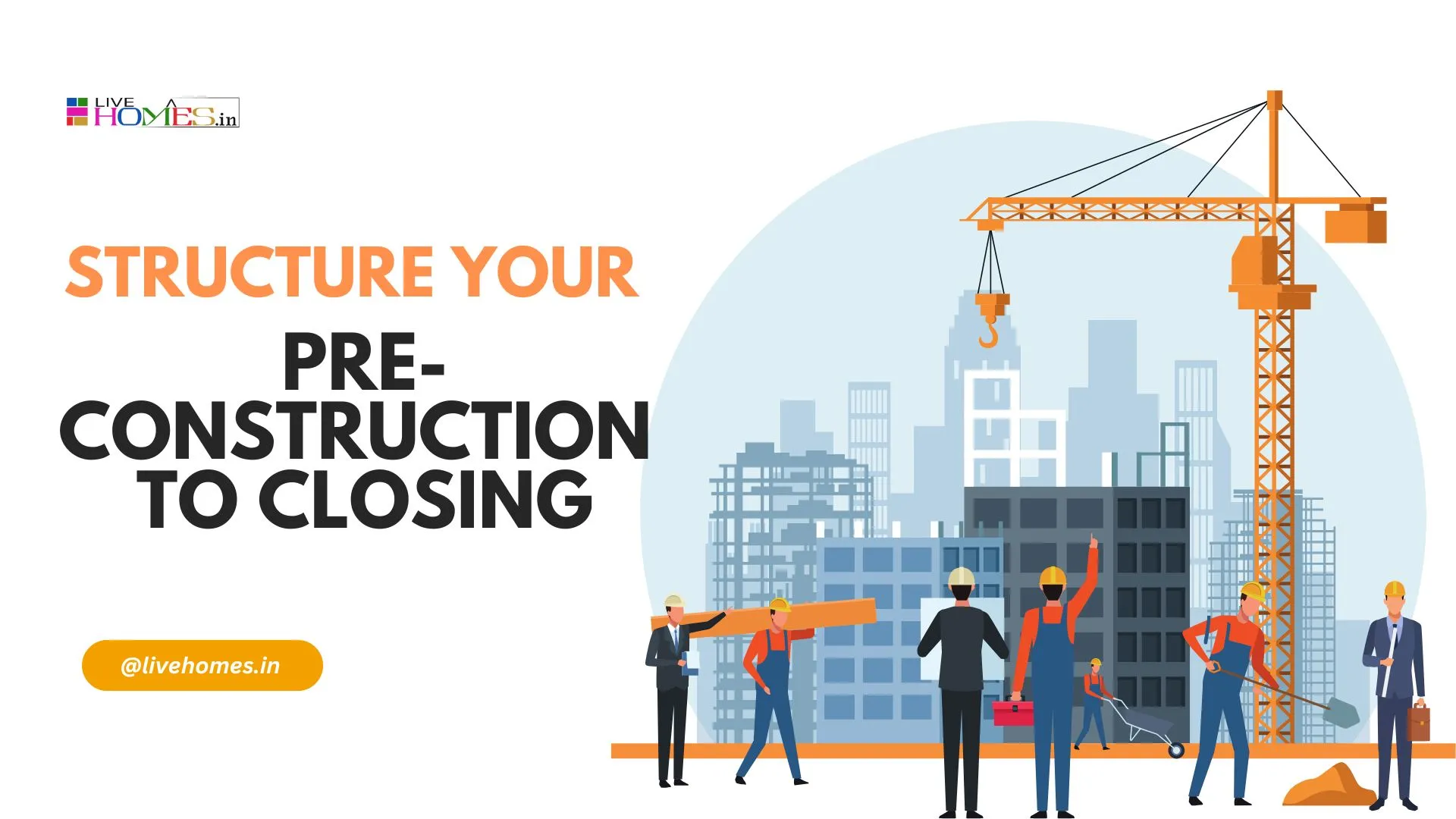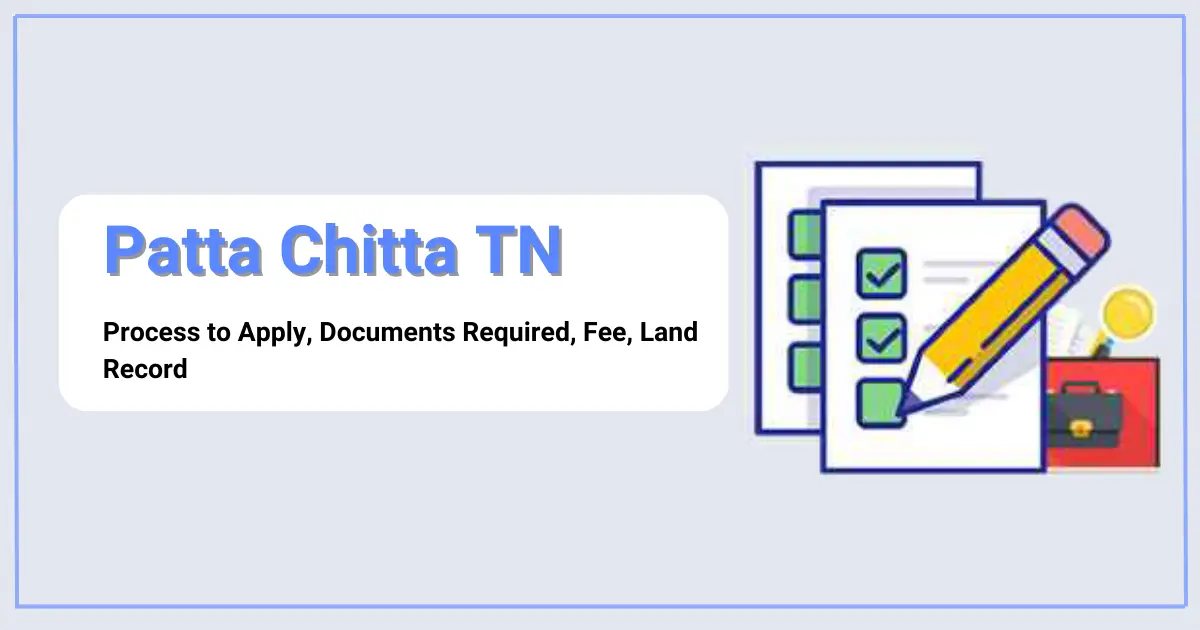Investing in new construction can be highly profitable—but only if you understand the full process from start to finish. Whether you're flipping, renting, or developing a portfolio, knowing what happens between a cleared lot and the final closing can save you time, money, and stress. Here’s a comprehensive guide for real estate investors on what to expect and how to stay ahead during each phase of construction. This phrase refers to the entire journey of a real estate project, starting before any construction begins, all the way until the final sale or rental of the property. For real estate investors, knowing each phase helps you stay in control, avoid delays, and maximize profit.
1. Pre-Construction Phase: Laying the Groundwork
Key Tasks:
-
Land Acquisition: Secure a buildable lot with the right zoning and access to utilities.
-
Feasibility Studies: Analyze the location, market demand, building costs, and ROI potential.
-
Design & Planning: Work with architects and engineers to finalize plans, blueprints, and site layouts.
-
Permits & Approvals: Obtain city permits for grading, building, plumbing, electrical, etc.
-
Financing: Line up construction loans or private capital. Most lenders require project plans and budgets upfront.
Why it matters: Mistakes here can cause major delays or budget issues later. It's all about setting up the project for success.
2. Construction Phase: From Foundation to Finish
Key Stages:
-
Site Preparation: Clearing, grading, and setting up access roads/utilities.
-
Foundation Work: Pouring concrete, laying footings, or building basements/slabs.
-
Framing: The skeleton of the building goes up—walls, roof trusses, windows.
-
Systems Installation: HVAC, electrical, and plumbing rough-ins are installed.
-
Interior/Exterior Work: Insulation, drywall, flooring, cabinetry, roofing, siding, etc.
-
Inspections: Local officials inspect throughout to ensure code compliance.
Why it matters: Keeping the timeline, budget, and quality under control is crucial. Frequent check-ins help avoid expensive mistakes.
3. Final Walkthrough & Punch List
-
Walkthrough: Go through the property with the contractor and create a “punch list” of unfinished or subpar items.
-
Corrections: Contractors fix issues before the final inspection and occupancy approval.
-
Final Inspection: The city or county inspector gives the final green light (Certificate of Occupancy).
Why it matters: It's your last chance to make sure everything is done right before moving forward.
4. Closing Phase: Turning Construction Into Investment
-
Title Transfer: If you’re selling, this is where buyers take ownership. If you’re keeping it, it’s time to refinance or transition from construction to long-term loan.
-
Final Appraisal: Determines value for rental purposes or resale.
-
Leasing or Marketing: If renting or flipping, begin marketing the property as soon as it's presentable (even pre-finishing).
-
Tax Considerations: Update your accountant with cost basis, depreciation schedules, and any 1031 exchange plans if applicable.
Why it matters: This is when you turn your investment into profit or passive income.
Understanding every step—from pre-construction to closing—gives you the power to manage your money wisely, avoid costly errors, and succeed as a real estate investor. Whether you're flipping homes or building rentals, this knowledge is your blueprint to long-term success.
From pre-construction planning to the final closing, each phase of the building process carries unique opportunities—and risks. Successful investors are the ones who treat the project like a business, with timelines, contingencies, and clear roles.
https://www.livehomes.in/blogs













